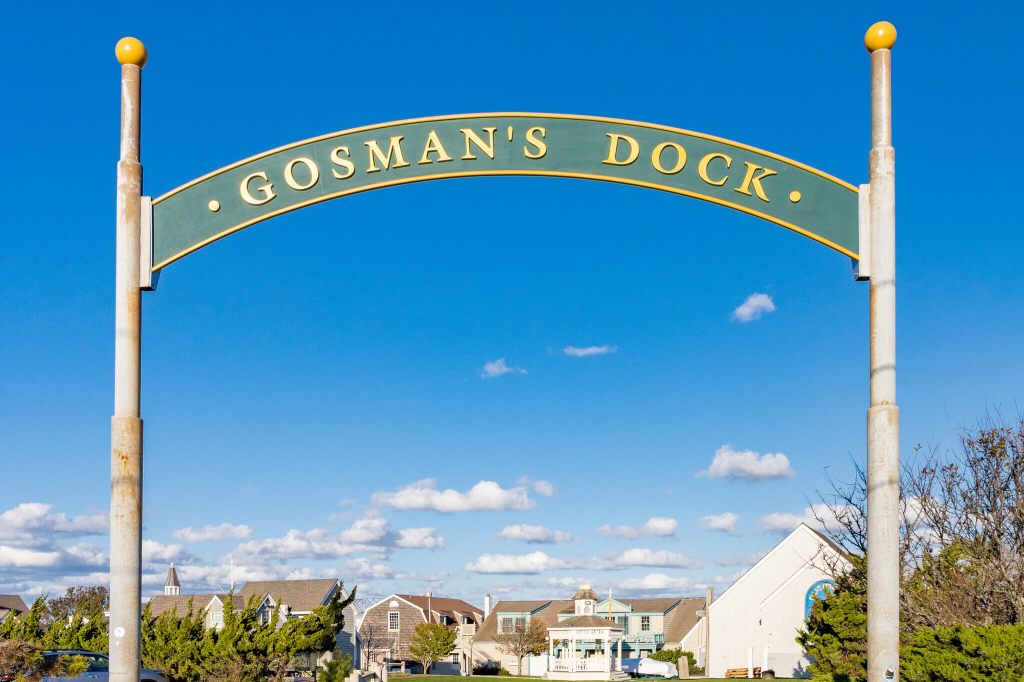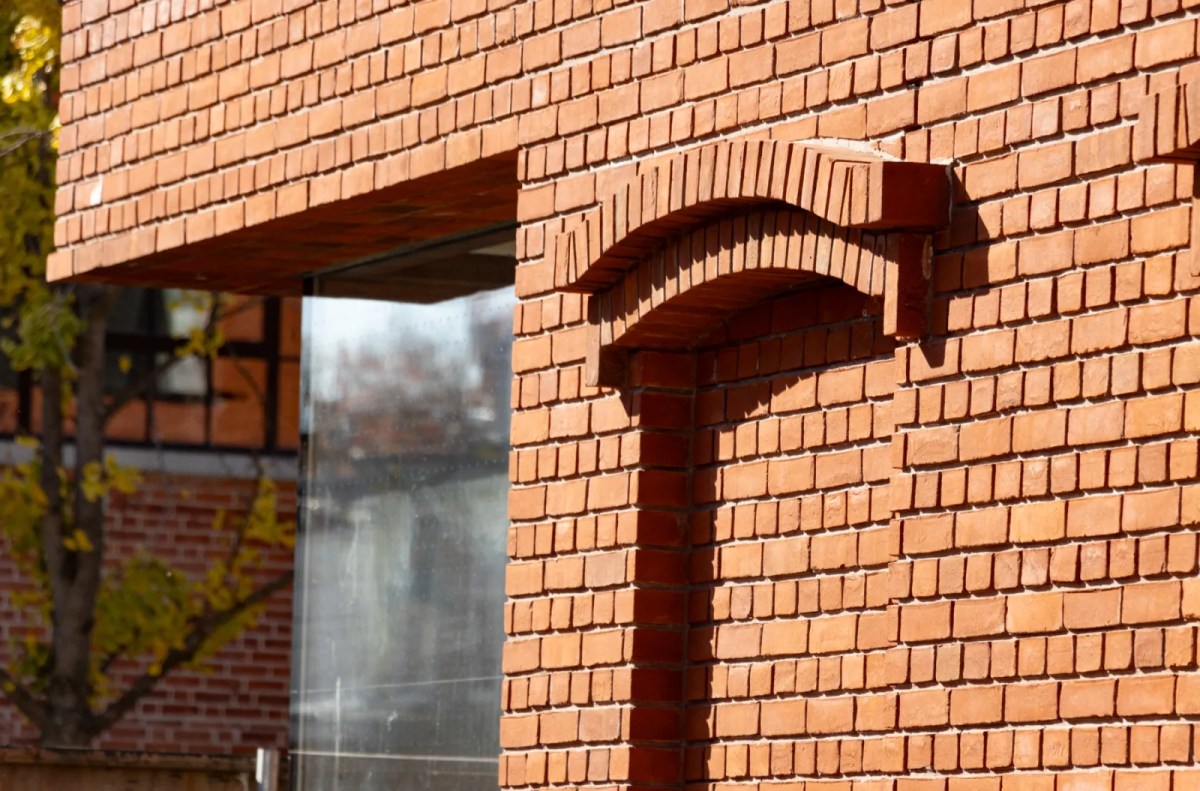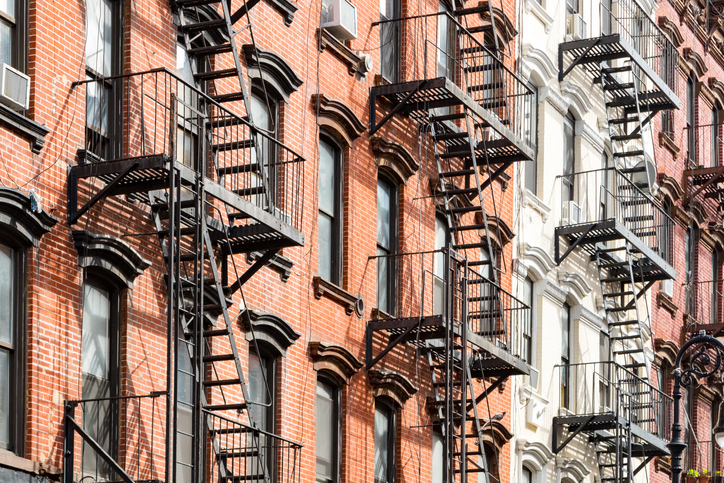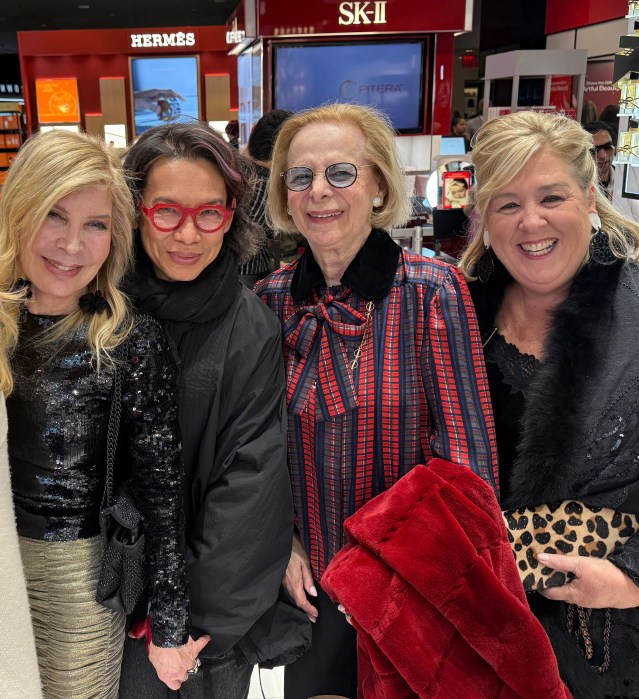
The High Line has already added greenery to the West Side since it first opened seven years ago, and a new study found that it’s adding a different kind of green when it comes to nearby real estate: plenty of cash.
A report released Monday by StreetEasy chronicles a “halo effect” for building prices surrounding the elevated park, soaring as high as 20% above the area just two blocks east of it.
The median sales prices for buildings near the first and second sections of the park, between 10th and 11th avenues and Gansevoort and West 30th Street, were roughly $4.4 million and $6 million in May.
Two to three blocks east, however, the median price was $1.93 million.
“The impact and how it redefined luxury in the neighborhood made it unique,” StreetEasy economist Krishna Rao said of the High Line. “This was a risk that New York City took and it’s a risk that succeeded exponentially. ”
The high prices won’t abate any time soon, according to the trends. Since 2011, prices have increased by 50.6% near section one and 48.2% near section 2 while the rest of the neighborhood saw increases of 31.4%.
StreetEasy said even buildings pre-dating the High Line and surrounding the park demand higher prices than newer developments outside the immediate area.
For example, the residential building at 456 West 19th Street opened in 2008 and has a median sponsor sales price of nearly $2 million. The Avant Chelsea condos, which are two blocks away and opened in the same year, have a median sponsor sales price of $1.5 million.
StreetEasy attributed the surge to zoning changes allowing for higher-end developments around the elevated track.
Serge Reda, a real estate professor at Fordham University who lives near the High Line, said the park’s one-of-a kind placement made the nearby buildings a hotter commodity than the other new buildings in the area.
“You have a green space and it’s not an eyesore,” he said.
Robert Hammond, the executive director of Friends of the High Line, the non profit that runs the park, said it saw 7.6 million visitors in 2015. Two million New Yorkers visit the park each year and that number is rising.
Rao noted that the High Line’s real estate ripple effect doesn’t appear to be fading anytime soon, even while the rest of the city’s luxury market has seen declines recently, according to StreetEasy data.
“It keeps people optimistic about the area,” he said of the park.



































